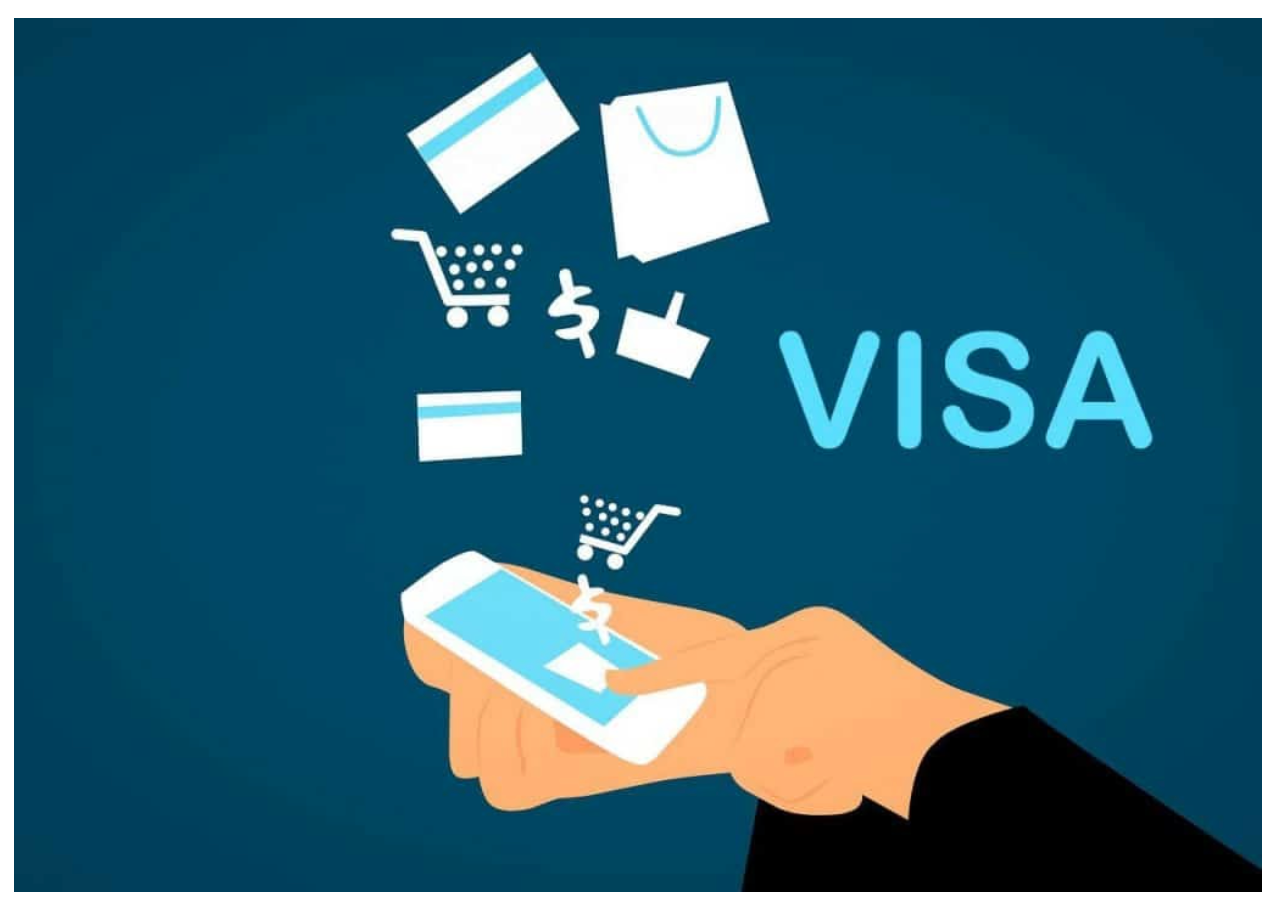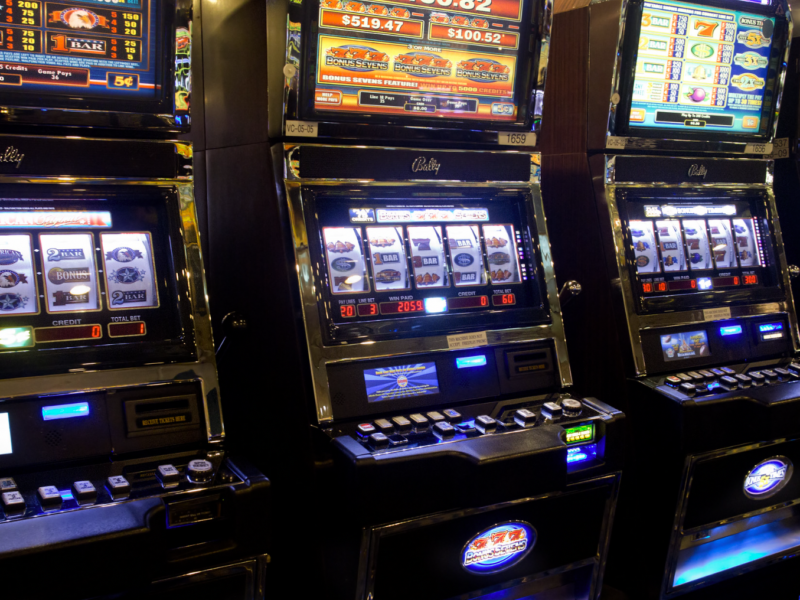If you see a Visa Provisioning Service charge or purchase authorization pending charge on your account or bank statement, you can typically trust that it’s safe assuming you’ve registered your card to an online merchant, digital wallet provider, or other payment service.
A Visa Provisioning Service charge should show up as zero ($0) on your account.
It pertains to a tokenization process that many merchants use to protect your sensitive account data and information.
It’s especially popular among merchants involved in e-wallet services and online retailers.
Visa Provisioning Service charges will normally roll off your account within a week.
We have more details below to help you decide whether it’s something to look into further.
Table of Contents
What is the Visa Provisioning Service Charge?
Many will be concerned when they see a Visa Provisioning Service pending charge show up on the transaction history of their bank statement.
Naturally, if it’s the first time you’ve run across it, you’re probably puzzled why it’s there.
This fee is effectively a type of preauthorization from a retailer or digital wallet operator that you did business with.
It’s their way of checking whether the account is valid or not.
Merchants want to make sure that your payment method is valid before working to approve your transaction.
The charge is one such way for them to check in advance.
You might see a Visa Provisioning Charge when you are doing online shopping or in-app purchases, but you might also see it when you make purchases in-store with your connected device.
Also, some direct deposit companies will use the Visa Provisioning Service charge. They do this to make sure the account is valid before depositing your check.
This might also hold true if you wrote a check that was recently cashed.
Also, if you add a card to your digital wallet, you may see a Visa Provisioning Charge in order to check that your bank account is valid.
For instance, if you add a debit card to a digital wallet – e.g., Apple Pay or other services – this often results in the digital payment provider checking the account to ensure that it’s active.
More online retailers now use the tokenization process to make transactions rather than processing your account information.
Big popular online merchants are also going this route, including Amazon and Netflix as they process transactions and recurring subscription payments.
The key takeaway is that the Visa Provisioning Service is simply a way for retailers to ensure that your payment method is valid or your bank account is active.
Understanding the Visa Provisioning Service and the tokenization system

The charge relates to a tokenization system.
The Visa Token Service is a technology designed to protect your credit card from unauthorized purchases. It’s this system that creates the zero-dollar charges you’re seeing on your transaction statement.
Namely, it ensures that your account number isn’t compromised when making purchases.
Instead of your 16-digit credit card number being shown, it’s replaced with an identifier known as a token.
This token process enables merchants to process your payment without your account information isn’t exposed.
Payments with connected devices increase the need for tokenization
As payments increasingly come with connected devices, tokenization is becoming more important. Card-less or card-free payments necessitate tokenization to provide for frictionless, secure digital transactions.
eCommerce purchases are especially common. Tokenization provides online merchants with a way of securely handling payments.
In-app purchases are increasingly prevalent and Visa cards are embedded within mobile applications to make purchases from anywhere.
Traditional in-store purchases also use tokenization. Consumers with cards stored on their phone can simply motion their device over a payment terminal to complete their transaction.
How tokenization works
Step 1
You enroll your Visa card with a digital payment service.
This will involve entering your account number, expiration date, CVC/security code, name, address, and other personal details.
This can mean an online retailer, who will store your account information (if you choose to do so) for easier repeat purchases. It can also mean a digital wallet.
Step 2
The digital payment service will reach out to Visa to obtain a payment token to associate with the account your registered on their website.
Step 3
Visa will then share your token with the issuer of your account. (This is usually your bank.)
Step 4
Once the issuer or bank approves the request, Visa will use the token to replace your primary account number. This is a unique identifier specific to your account.
Step 5
Tokens will be assigned to your purchases. Visa will share it with the token requestor, which is the merchant (online retailer or digital wallet service).
This token is unique and assigned to you only. But it may not be permanent.
Sometimes it might only be applied to a certain number of transactions before it expires. Or it may pertain to just a particular online merchant. Or it may be limited to transactions made from your mobile device only.
How are tokens used?
Tokens are essential for safeguarding your account information in online transactions and are good in a variety of scenarios.
Whether making a purchase online, in a store with your mobile device, or within an app, there is a reasonable chance you might see the Visa Provisioning Charge show up in your transaction history.
When using the tokenization system, you go through the following sequence:
– You initiate the payment (whether online, in a store, or in-app)
– The payment service provider – either the online retailer or e-wallet – will pass the token to the acquirer or merchant. This is an essential part of the authorization request.
– The acquirer will take the token it receives and send it back to the Visa network. That way the purchase transaction can go through.
– Visa will then route the token and card payment details to the issuer, which is typically your bank, in order to authorize the transaction. Then the bank will accept or decline the transaction before sending this transaction decision back to Visa.
– Then the merchant receives the payment and token.
Through this process, you can make a payment without having to show your account number to the entity you’re buying from.
This is useful to the merchant because it means they don’t need to take security measures to protect your information and it won’t be compromised.
Is there any point you should be concerned about a Visa Provisioning Service charge?
You could see a Visa Provisioning Service charge at any time if you’ve registered your payment details with any online merchants or e-wallet providers.
The line item may appear, but it does not cost you money. Funds are not being withdrawn without your knowledge.
There’s no need to call your bank and the charge (of zero dollars) should roll off your bank account in around 7 days.
If it remains past about a week you could consider contacting your card or service provider or bank to inquire while it’s still on your account.
When should you be concerned about this service fee popping up?
If you’ve never registered your account with a digital wallet or online merchant before you might be concerned.
However, it is rare that someone who has never registered a card or payment method with an online retailer, e-wallet, or other payment provider will see the charge present.
It is still possible that your card info has been stolen and in turn registered to a service without your knowledge.
If at any point you feel this is the case, you should always reach out to the customer service department at your bank or card provider to inquire.
Moreover, if you believe your card information has been compromised for any reason, you should place a stop (hold/freeze) on your account to prevent any transactions from taking place.
This is also true if you have simply misplaced your card, even temporarily to make sure it doesn’t fall into the wrong hands.
You can either do this through your online card account of your bank or payment provider or through an app. You can also contact customer service by phone.
Once it’s found that your details are safe, you can remove the stop on your bank.
Summary – Visa Provisioning Service Charge
The Visa Provisioning Service charge is a way for merchants to test your payment method or account to make sure it’s valid before authorizing something on your behalf (typically either a purchase or deposit).
The total charge is $0, which should reflect on your account history. The line item should roll off your transaction history within seven days.
The tokenization system that the charge comes from helps protect your account number and other sensitive financial information from being exposed when used through online merchants, e-wallets, in-app purchase systems, in-store purchases with connected devices, and so on.
This Visa Provisioning Service charge is just a way of making sure that your account is valid and remains active.
However, if you see the charge and do not recall making any recent transactions or saving your payment info with any service, you should reach out to your bank or payment provider to inquire.


